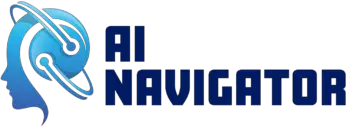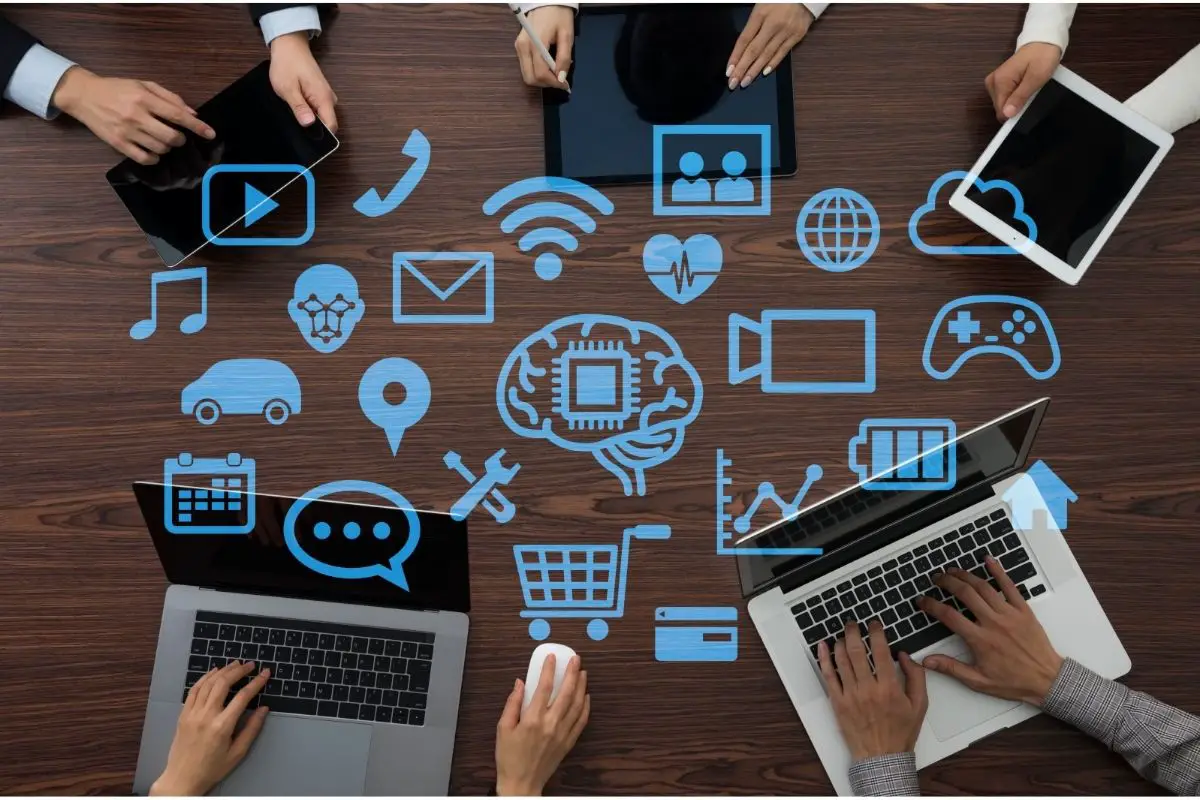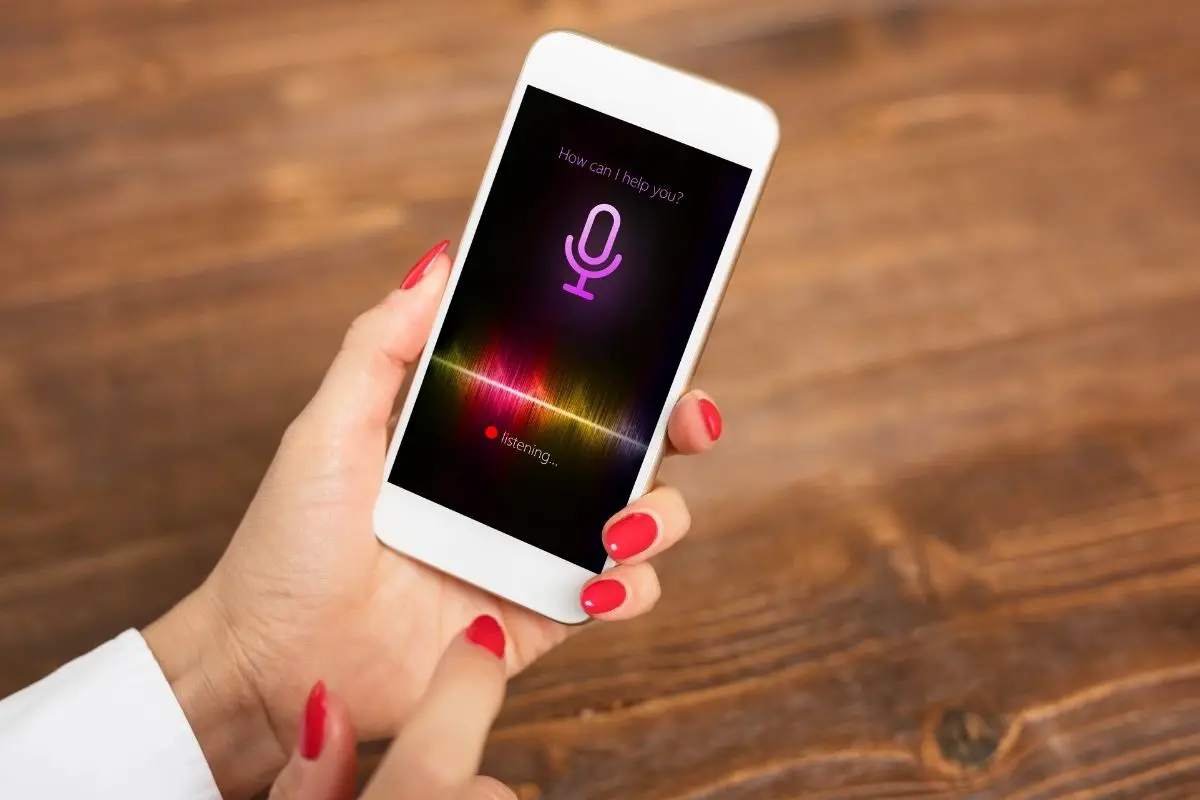Have you found yourself wondering about predictive analytics? Perhaps you know someone working with it and want to know more?
Or maybe you have been asked to incorporate it into your job and aren’t sure how?
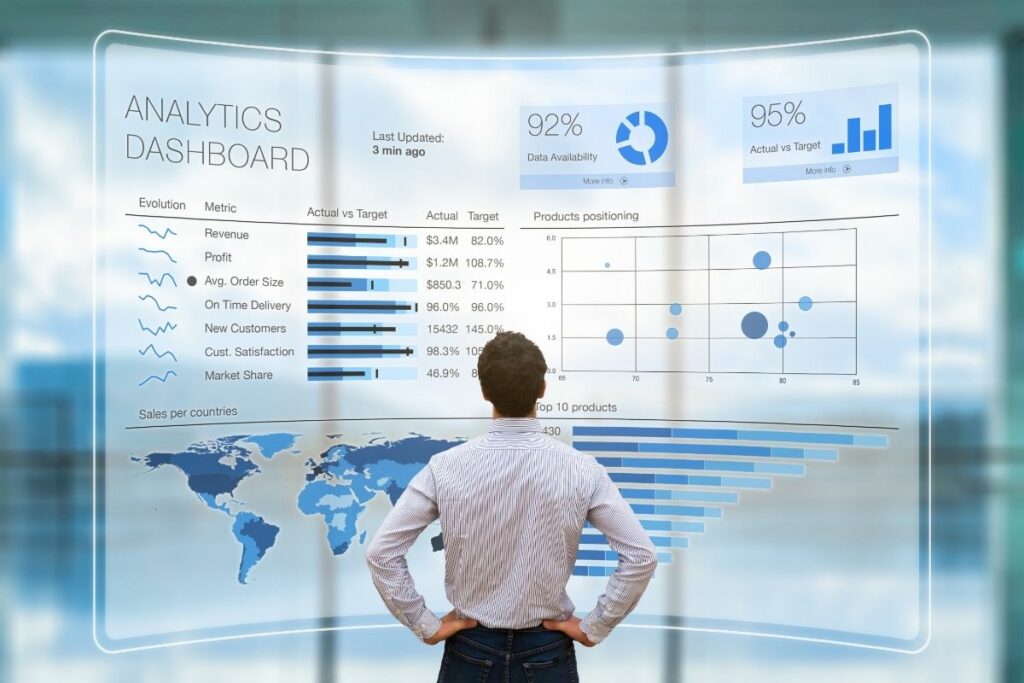
Whatever your reason is, we have the answer for you!
Predictive analytics is the science of using data to predict future events or outcomes.
It helps businesses make better decisions by predicting customer behavior and identifying trends.
Predictive analytics has become an important part of every organization’s strategy.
The ability to analyze large amounts of data and identify patterns is crucial for companies looking to improve their operations.
This process allows companies to determine which products customers are likely to buy and which marketing campaigns will result in higher sales.
But how does it work? Well, we are here to tell you! Just keep on reading to find out all you need to know about predictive analytics.
How Do Organizations Use Predictive Analytics?
Predictive analytics has been around for years, but it’s now easier than ever to use. Predictive analytics helps businesses make better decisions and compete more effectively.
With faster computers, easier-to-use software, and tougher economic conditions, companies are increasingly turning to predictive analytics to help them grow.
It’s a powerful tool for detecting fraud, preventing criminal activity, and improving marketing campaigns.
Here are a few examples of how certain industries utilize predictive analytics:
- Airlines use predictive analytics for setting ticket prices.
- Hotels use predictive analytics to predict the number of guests for any given night to increase occupancy and increase revenue.
- Credit scores are used by banks to assess a customer’s likelihood of defaulting for loans and other financial transactions.
Credit scores are a well-known example of predictive analytics. Other examples include insurance claims and collections.
Predictive analytics helps businesses make better decisions by predicting outcomes based on past data. With predictive analytics, we can learn from historical events and predict future trends.
We can use this information to improve customer service, develop new products or services, and more.
Further Uses Of Predictive Analytics
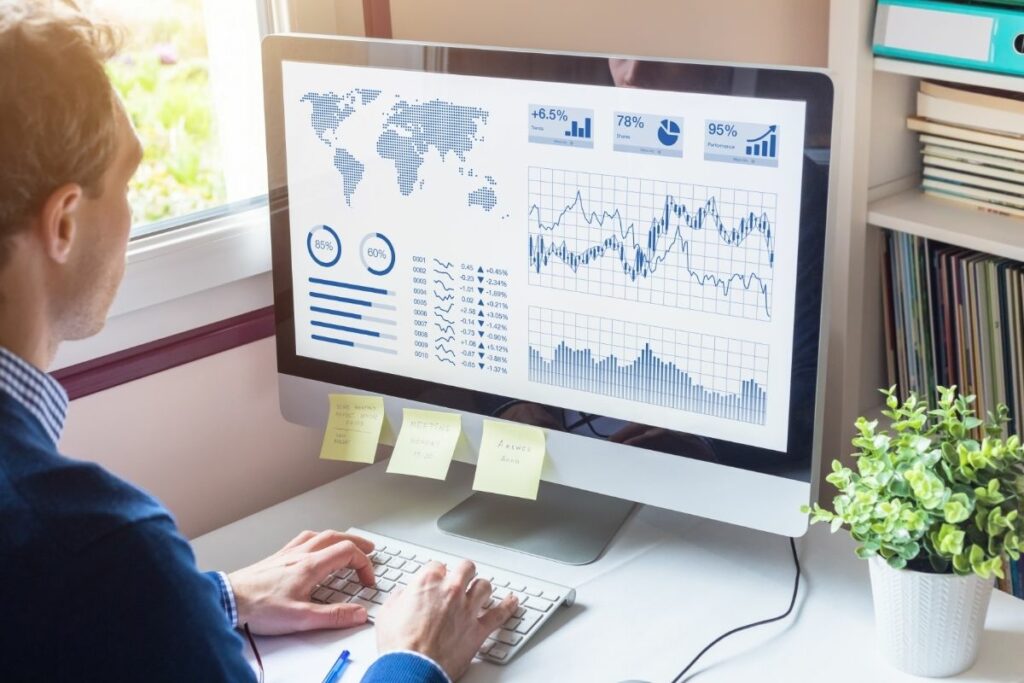
Predictive analytics help industries save money and protect assets. Financial institutions often use them to detect fraud, measure credit risk and maximize cross-sell/up-sell opportunities.
Retailers use predictive analytics to plan merchandise pricing, analyze the effectiveness of promotions and determine which offers are most effective for consumers.
The company Staples previously used predictive analytics to gain insights into their customers’ behavior, provide a complete picture of their needs, and as a result realized a 137 percent return on investment.
Predictive analysis helps us predict what we should do before something happens.
For example, Salt River Project uses this technique to make sure that their machines work efficiently, which saves money for the company because they don’t have to spend money on resources to fix them before they break down.
Financial institutions are among the most advanced users of predictive analytics.
Banks not only use it to detect fraud, but it also helps them to reward loyal customers, plan promotions, and sell more products.
How Do Governments Use Predictive Analytics?
Predictive analytics is used by governments to understand population trends.
It is used to improve services and performance, detect and prevent fraud, better understand consumer behavior, etc.
Health insurance companies use it to identify patients most at risk of chronic diseases and find what interventions are most effective.
Pharmacy benefits companies use it to identify nonadherent patients and save money.
Governments use predictive analytics to collect and analyze large amounts of data. This allows them to see patterns and then take action.
Examples Of Government Agencies Using Predictive Analytics
- The U.S. Department of Defense uses predictive analytics to predict potential threats and prepare for them.
It has been reported that the Pentagon spends $6 billion per year on predictive analytics.
- The U.S. Social Security Administration uses predictive analytics to predict disability payments.
- The U. S. Food and Drug Administration uses predictive analytics to help with drug safety; an example is the detection of adverse drug reactions.
In addition to these examples, there are many more in health care, energy, finance, education, transportation, emergency response, homeland security, criminal justice, manufacturing, public safety, environmental protection, intelligence, retail, and others.
Why Are Predictive Analytics So Useful?
So why are predictive analytics so helpful? Let’s take a look at just some of the reasons today!
- Reduce costs
- Improve customer service and satisfaction
- Make informed decisions about future strategies, policies, or investments
- Be better prepared for risks and unexpected challenges
- Better manage risk and achieve compliance objectives
- Identify opportunities for optimization and transformation
- Gain competitive advantage
- Create new capabilities
- Use current systems and tools
- Increase sales while reducing fraud
Predictive Analytics And Machine Learning
Predictive analytics is used to analyze past events to determine what might happen in the future. This helps people make decisions about how to act.
Predictive analytics involves using statistical techniques and machines to learn patterns in data.
Machine learning is a subset of AI. A machine learning algorithm learns from experience and makes predictions based on previous observations.
When you set up a machine learning model, you tell the program what you want it to learn and how it should go about figuring out patterns. Machine learning algorithms search through possible solutions until it finds one with the best performance.
Types Of Predictive Analytics Models
Three main types of models can be built with predictive analytics:
- Classification
- Regression
- Clustering
Classification models look for patterns in data and assign each observation into different categories.
Regression models try to estimate values for variables from other variables. Clustering algorithms group similar items together.
In this case, we’re grouping customers who have similar purchase histories.
Conclusion
Predictive analytics is a great way to increase a business’s profitability and ensure success in today’s competitive market.
It enables companies to identify trends and provide information to decision-makers that may change the business.
Predictive analysis also assists in improving customer service and gaining insights into business operations.
With the continued rise of big data, as well as cloud computing and mobile technology, prediction models will only become more accurate and important in the near future.
